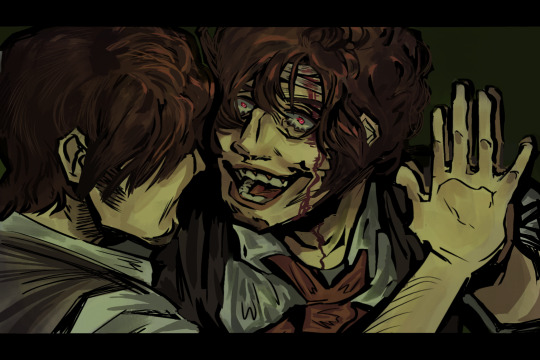Elrick_PLQ, fangirl, live in Shanghai, China. I post everything about Jekyll and HYDE, including the musical, movies, novels, TV, fandoms.
Don't wanna be here? Send us removal request.
Text
Recently rereading "the strange case of Doctor Jekyll and Mister Hyde". Still can't get over this

Art by me
429 notes
·
View notes
Photo
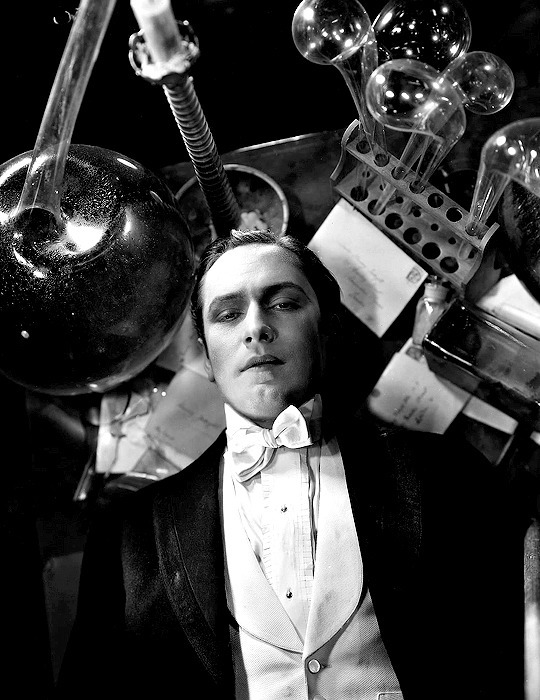

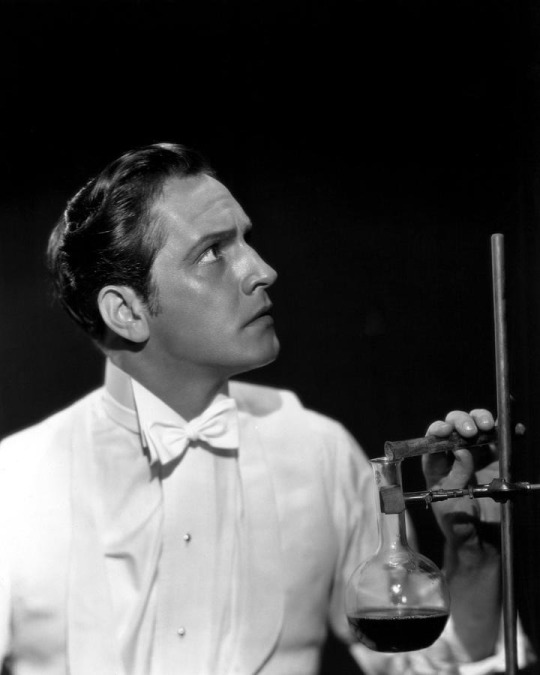

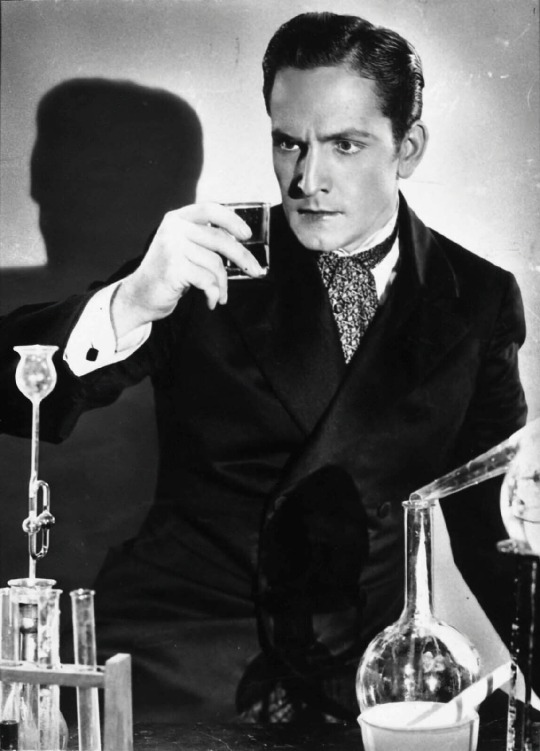
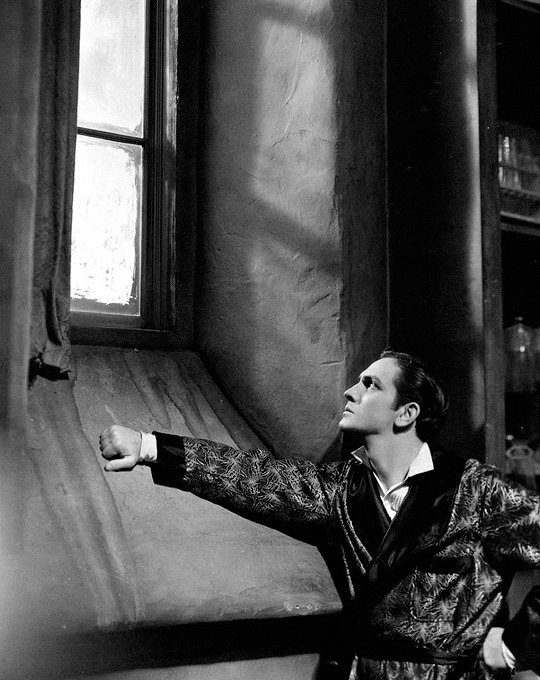
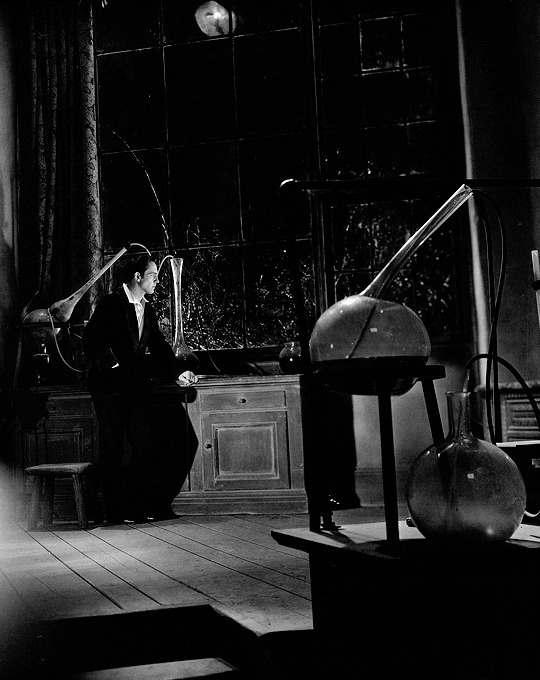
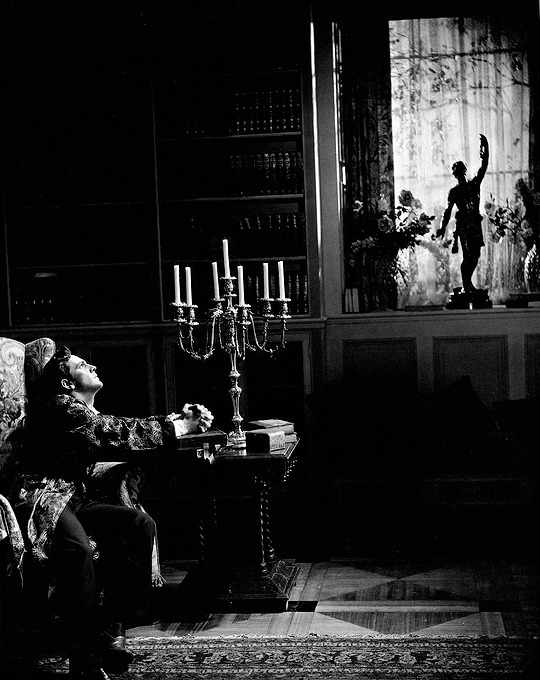


Fredric March in promo photos for Dr. Jekyll and Mr. Hyde (1931)
1K notes
·
View notes
Photo


Fredric March in promotional stills for Dr. Jekyll and Mr. Hyde (1931)
366 notes
·
View notes
Photo



Fredric March in promotional stills for Dr. Jekyll and Mr. Hyde (1931)
825 notes
·
View notes
Photo



Can anyone guess the ITV Jekyll & Hyde scene?
*hint!* it’s the scene I worked on!
10 notes
·
View notes
Text
GUYS GUYS I NEED EVERYONE TO SEE THIS
>be me
>be edward hyde
>check if the mf i just killed is still alive
>flash a random crowd
>steal balloons
>run away
Another proof the J&H Vienna production is the best one (even if i don’t speak a word of german)
1K notes
·
View notes
Text
Still waiting for a Jekyll and Hyde adaptation where Hyde looks like Jekyll's shadow
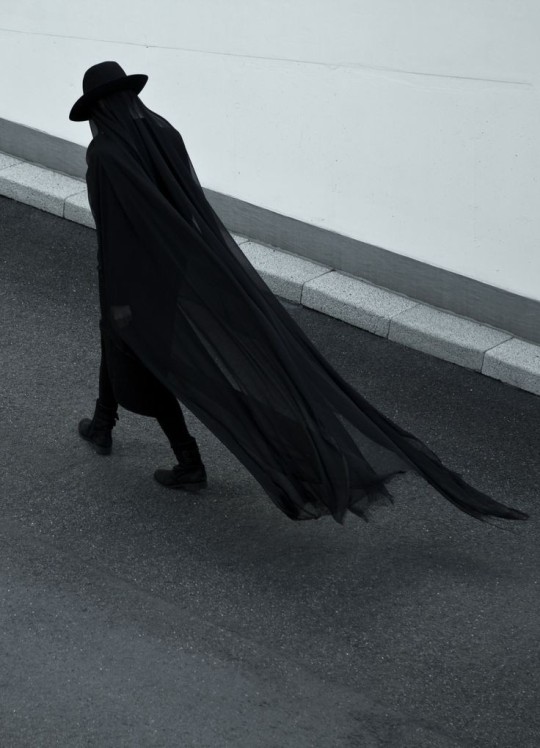

740 notes
·
View notes
Text
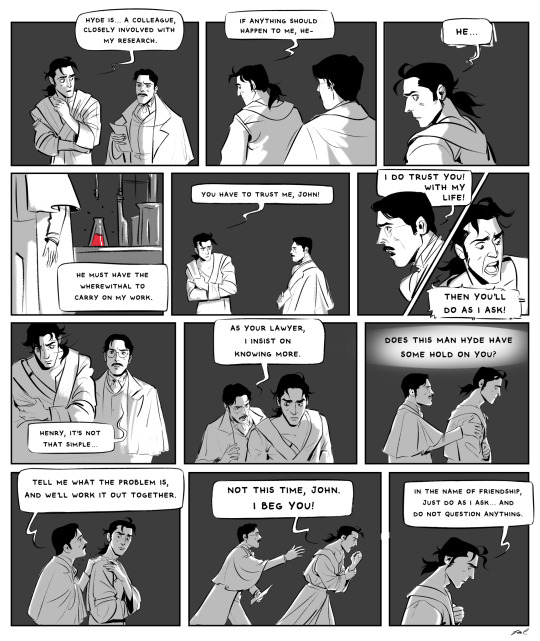
Wanted to make a comic based on some of the dialogue in the 1995 JnH tour :)))
457 notes
·
View notes
Text
the best part of jekyll and hyde adaptations is always the first transformation, and the best part of the first transformation is when he looks in the mirror and goes :0 -> >:D
244 notes
·
View notes
Text
「対決」 -ジキル&ハイドー
“Confrontation” -Jekyll&Hyde-
继续阅读
19 notes
·
View notes
Text
IT. IS DONE.
I actually fucking did it. I finished a project. wtf.
anywayssss, I still do not know how to animate properly so I hope u enjoy it :3333
(this actually took 9 hours, in total worktime, holy shi-)
here're the original panels from TGS!!!
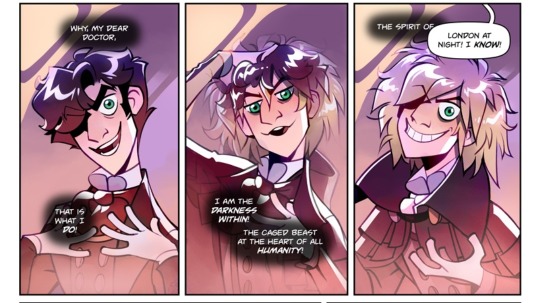
and now-- I'll just,,, sleep I guess???
942 notes
·
View notes
Text

Robert Cuccioli & Christiane Noll in Jekyll & Hyde
49 notes
·
View notes
Photo


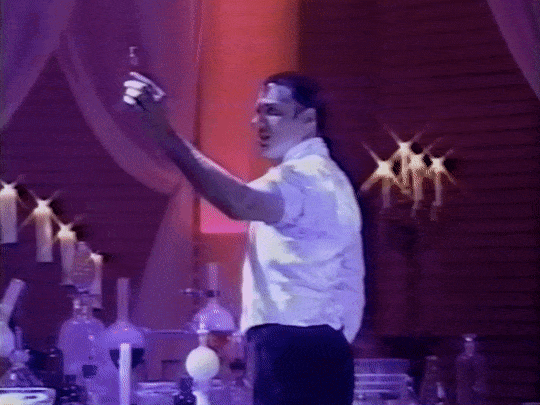







Robert Cuccioli in “Transformation”, 1997
253 notes
·
View notes
Note
where does the mustache-twirling silent film villain comes from? And who was the first ?

Well, here's the thing about that specific archetype of villain so near and dear to our hearts: They don't actually come from silent films. They are pretty specifically a product of stage and vaudeville shows playing up parodies of classic villains, and then these parodies made their way to film and cartoons through characters like Professor Fate and Snidely Whiplash.
But if you want the history lesson as well as the reasons why these characters are such an effective visual shorthand for villainy, you can trace this pretty directly back to Edward Hyde.

Right from the start, the common image of Mr Hyde was that of a twisted ogre dressed in gentlemen's clothing, the kind that people actually wore at the time of Victorian England. And there's been much said over the years in regards to how Hyde taps, intentionally or not, into social prejudice, into a fear of the lower classes and their integration with people from higher social standing, of Hyde as a stand-in for poverty and crime and vice and etc. There's been a lot of reinterpretations of the book that took a specific angle with Hyde, mainly a sexual one, others that focus heavily on the battle between good vs evil (which really misses the fact that Jekyll wasn't much of a good person in the book to begin with), and so on, there's of course much room for reinterpretation.
But these usually miss what else was happening in England, after Mr Hyde became a household name. You might have heard of it.
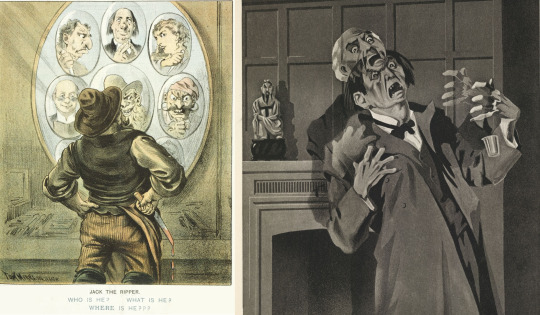
Through a stroke of fate, The Strange Case of Dr Jekyll and Mr Hyde debuted just two years before the Jack the Ripper murders took England by storm. In fact, newspapers regularly referred to the murderer as Mr Hyde because of the story, and there's a particularly famous story of actor Richard Mansfield being publicly accused of being the Ripper because of his scarily-convincing performance as the character.
And from that point onwards, the image of Mr Hyde, of the sinister criminal dressing up as a gentleman, became not just the public image attached to depictions of Jack the Ripper, but the image of villainy itself.
Go ahead, picture the most basic silhouette for a villain in your head. Here, let me make it easier for you:

I googled this on incognito mode just now, and as you see, even before Star Wars and Disney, there you see the sinister figure in top hat and cloak, knife or cane optional. The universal shorthand for villain, partially because of Mr Hyde.
I mentioned earlier when talking about Count Fosco that the reason he was made an Italian is because at the time (1860s), Wilkie Collins assumed his crime to be "too heinous" for an English villain. Which is funny now, considering that English fashion AND accents have become the go-to signifiers of ultimate evil since forever now.
Before Mr Hyde and the changing paradigms of fiction that followed him, the most common idea most people had of "evil", of an evil person, mainly took the form of either a poorly dressed street criminal, or a foreigner. In fact, the term "villain" in the first place has the following origin:
"base or low-born rustic," from Anglo-French and Old French vilain "peasant, farmer, commoner, churl, yokel" (12c.), from Medieval Latin villanus "farmhand," from Latin villa "country house, farm"
The most important phases of the sense development of this word may be summed up as follows: 'inhabitant of a farm; peasant; churl, boor; clown; miser; knave, scoundrel.' Today both Fr. vilain and Eng. villain are used only in a pejorative sense.
Which is maybe the most obvious fact to consider anytime the discussion of "why are villains so popular" takes place.
Hyde was obviously not the first villain to dress up in respectable clothing, even in popular Victorian icons Sweeney Todd predates him by a few decades. And obviously this didn't change overnight, mind you, but you can see the pattern: Mr Hyde debuts and his arrival crashes the cultural paradigm in waves. Not just in the idea of man as a creature of duality with the extraordinary beast lurking inside, which as I've argued before in writing about Tarzan, is in the bedrock of the very concept of the superhero and also the ultimate connection between hero and monster in fiction, but also in the terror of knowing that the most hideous crimes against humanity can, and are, being committed by those who sit at the highest points of respectability, the doctor and scholar and gentleman, who wears the same clothes he uses to heal and lecture and help, to trample children and assault and murder people (which is obviously not even remotely as unthinkable now as it might have been to Victorian audiences at the time)
Two years later, a string of savage murders committed by someone with medical expertise shakes up Britain to it's very core, and suddenly the story doesn't seem quite so much like fantasy, and suddenly, villains all over the place in fiction are showing up dressed in gentleman's clothing, because now writers and artists are tapping into the fear felt by Dr Jekyll's high society friends: the realization that the monster is one of them, that gentleman and villain are one and the same.
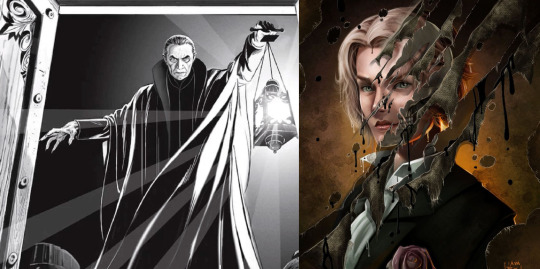
It wouldn't be long afterwards that the likes of Dracula and Dorian Grey would further popularize evil aristocrats and gentlemen and murderers in evening wear as not only enduring, but omnipresent villainous archetypes, particularly on stage, which is where we are gonna find the other major figure responsible for popularizing the specific villainous archetype you mentioned: Tod Slaughter

If Mr Hyde's omnipresent popularity was instrumental in defining the look of the stage villain, then it would be Tod Slaughter who would be responsible for popularizing the comically over-the-top gentleman villain in the stage, to be cemented as a vaudeville staple and later a staple of pop culture itself. And he's never gotten even 1/10th of the credit he deserved for it, certainly not after his death.
Born with the name Norman Carter Slaughter and performing initially under the name N. Carter Slaughter (I wonder where we've heard a name like that before), he initially performed conventional leading men roles, until after his service in the war, when he was reviving "blood and thunder" melodramas, including Sweeney Todd, and bringing barnstorming to the stage.
And it's those kinds of melodramas that also led to the creation of "grinning villain in evening wear" as a staple of the stage, even before Slaugher made a career out of those, and it was bringing barnstorm acting to the stage that cemented his particular brand of villainy. The earliest cartoon example of such a villain I can find, Oil-Can Harry from Mighty Mouse, debuted in 1933 in a show specifically called "mellerdrama", as a parody of the kind of show Tod Slaughter had helped revive and play.
He renamed himself Tod Slaughter in the mid-1920s, and in the 1931, he rebranded himself "Mr Murder" and started really going full in on villains from the 1930s all the way to his death. He's played Sweeney Tood 2.000 times on stage, he's played Mr Hyde, Jack the Ripper, Spring-Heeled Jack, Long John Silver, and many other roles in stage and film. He was never popular among critics, but he was a household name, one of Britain's biggest stars in the early 20th century, and really I think those of you who follow me are already quite familiar with household names extremely popular in their times still fading into complete obscurity.
Slaughter’s body of work – no matter how poor it may seem by today’s standards – was a bridge between the Victorian blood and thunder melodramas and the gore and flash of Hammer Studios in the early fifties.
The film work was censored as often there would be cutaway edits or fade to black during the more harrowing moments. The ‘X certificate’ for audience restriction had not yet been created.
Tod Slaughter pointed the way to gore, and this in turn became taboo subjects in horror.
He was the first to use gimmicks, such as having doctors and nurses in the theatre during performances in case someone fainted. They were called upon, too.
Tod would often go to the theatre bar during the interval in full make up with bloody apron (as in the case of Sweeney Todd) and sit muttering and ordering drinks. Not a soul would go near him and a showman’s mystique was created.
Tod Slaughter passed away of a coronary thrombosis in Derby in 1956, which was also the year Bela Lugosi died. His work slipped in to obscurity. - Article by spookyisles
Seriously, just look at him, look at him acting. Don't get me wrong, he took his work incredibly seriously and it showed, he wasn't intentionally out to create a parody archetype, but this guy had such an energy to him that really made his characters stand out in a way unmatched, and it was his specific style of performance that was ultimately carried over from stage to film and then, to pop culture long past his lifespan. It's an utter shame that somehow we didn't immortalize this guy in pop culture along with the other horror greats.
Oil Can Harry, Professor Fate, Snidely Whiplash, Dick Dastardly, Dan Backslide, Hedley Lamarr, Robbie Rotten, Seymour Ghastly, Waluigi, Dr Robotnik, all of these and others owe at least some tribute to the original. He is the Grandad of Mustache Twirling and in October we should all grow one and twirl it mischievously to honor his contributions to the finer arts of villainy.
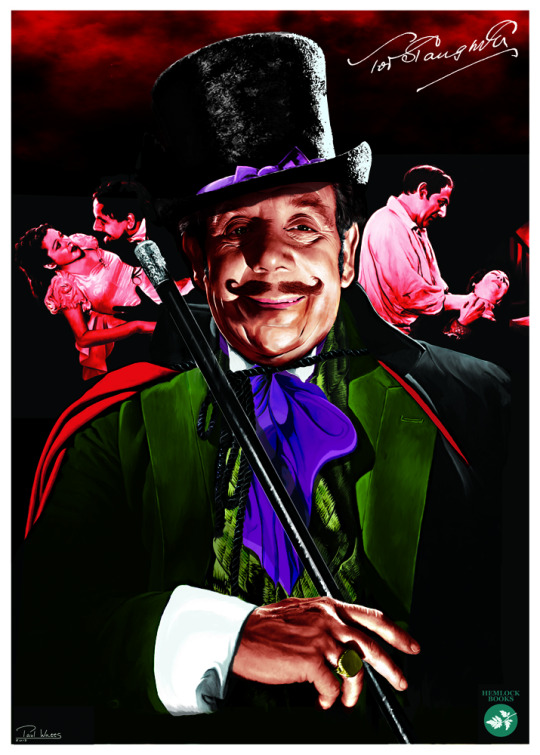
Like Hammer Films, or Carry On, or practically any other low brow populist entertainment of yesteryear, Slaughter was not popular even with the genre critics – if you saw anything about his work in the horror books and magazines of the 1970s or early 1980s, it was invariably dismissive. The official word was that Slaughter was a bad actor who could not leave behind his theatrical performances in his films, and the movies themselves were creaky rubbish.
Yet even as we read this, we were starting to see Slaughter’s films on TV – late night or mid-afternoon broadcasts on the fledgeling Channel 4, for instance – and the films were magnificent. Glorious, unrestrained melodrama, fast-paced and deliciously gothic, all anchored by the central performance of Slaughter, who was less theatrical, more gleeful as he tore up the screen with a level of cheerful villainy that has never been seen before or since.
Slaughter was of his time, perhaps, but that somehow made these films all the more enthralling – you just didn’t see acting like this, or faces like this, anymore. Perhaps he was rare, even in the 1930s, and that’s why he was so popular with audiences back then.
Slaughter’s films had an authenticity about them, a lack of pretension that I imagine also marked his stage shows. He was never going to appeal to the chin-strokers and the academics. Slaughter was too real for that.
He was the people’s villain - Article by reprobatepress
1K notes
·
View notes
